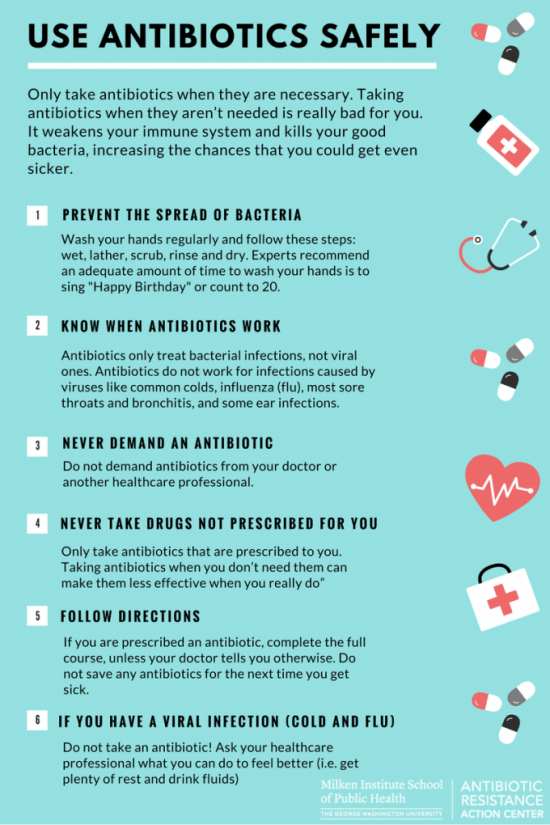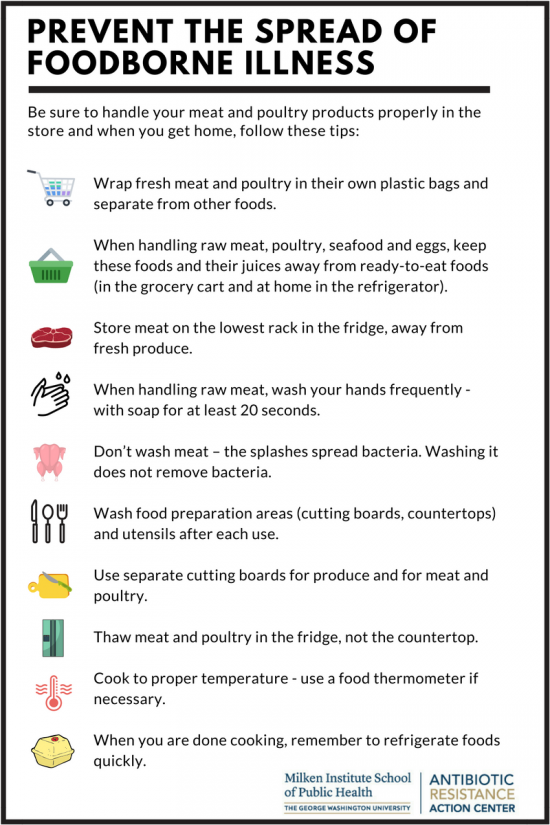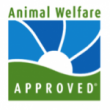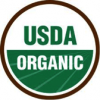Tips to Protect You & Your Family
Below are a variety of tips on how to use antibiotics safely, what labels to look for in the grocery store and how to prevent the spread of foodborne illness.
Know What Labels to Look for in the Grocery Store
Are you confused about labels on meat and poultry at the grocery store? There are many labels out there and many are confusing and misleading when it comes to antibiotic use. There are very few labels that are verifiable and transparent regarding antibiotic use. Check out the resources below to learn more about what to look for when you are shopping for meat and poultry raised with responsible antibiotic use.
Watch Reel Talk with Lance Price: Understanding Food Labels.
This video was created by ARAC and MPH@GW, the online MPH program from the Milken Institute School of Public Health at the George Washington University.
Look for the labels below at the grocery store. Note: the most confusing and misleading labels are “natural” and “antibiotic free” which are not USDA-verifiable labels. These labels do not mean antibiotics were never used during production.
|
|
Animal Welfare Approved This label indicates that chickens, cows, goats, rabbits, sheep, turkeys, and other animals raised for meat, dairy, or egg products were treated humanely from birth to slaughter — for example, by being given access to pasture. Only family farmers and cooperative groups of family farms can be AWA certified. |
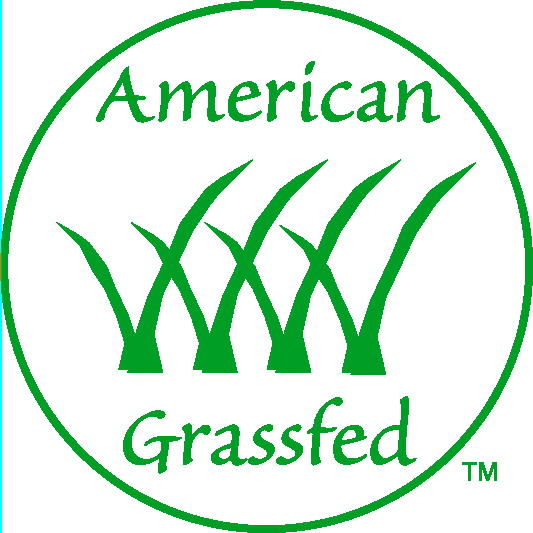 |
American Grassfed The “USDA Process Verified” grass-fed claim (labels vary) requires that meat came from an animal that was raised on a lifetime diet of 99 percent grass and forage, such as legumes, and had access to pasture during most of the growing season. Studies suggest that meat from such animals may provide more health benefits than meat from grain-fed, grain-finished animals.
|
|
|
Certified Humane "Certified Humane Raised and Handled" was developed by a team that included animal scientists and veterinarians, and it applies to more than family farms. Both labels indicate that the animals didn't receive antibiotics unless they were sick. |
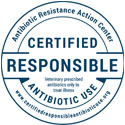 |
Certified Responsible Antibiotic Use This label is managed by our center and is third-party verified. Antibiotics are only allowed for use for treatment and control of disease that has been diagnosed by a veterinarian and verified through diagnostic testing. |
|
|
Global Animal Partnership Certified Antibiotics are not allowed at any Step in the Gap program, yet there is no empirical testing conducted at slaughter to ensure producers did not use antibiotics. |
|
There is no standard logo, look for these words instead. |
No antibiotics ever This label indicates that no antibiotics were administered at any time in the animal's life. There is no approved mark, so look for the words on packaging instead. Please note, there is no empirical testing conducted at slaughter to ensure producers did not actually use antibiotics. |
|
There is no standard logo, look for these words instead. |
No antibiotics administered This label indicates that no antibiotics were administered at any time in the animal's life. There is no approved mark, so look for the words on packaging instead. Please note, there is no empirical testing conducted at slaughter to ensure producers did not actually use antibiotics. |
|
|
Organic Meat that's certified organic comes from animals raised without antibiotics or genetically modified feed. The Department of Agriculture has no organic standard for fish. Please note, there is no empirical testing conducted at slaughter to ensure producers did not actually use antibiotics.
|
|
There is no standard logo, look for these words instead. |
Raised without antibiotics This label indicate that no antibiotics were administered at any time in the animal's life. There is no approved mark, so look for the words on packaging instead. Please note, there is no empirical testing conducted at slaughter to ensure producers did not actually use antibiotics. |
- Tips to Help You Avoid Superbugs in Meat, Environmental Working Group (2013)
- What’s In A Name? Reading Meat Labels Around Antibiotic Use, Consumers Union


